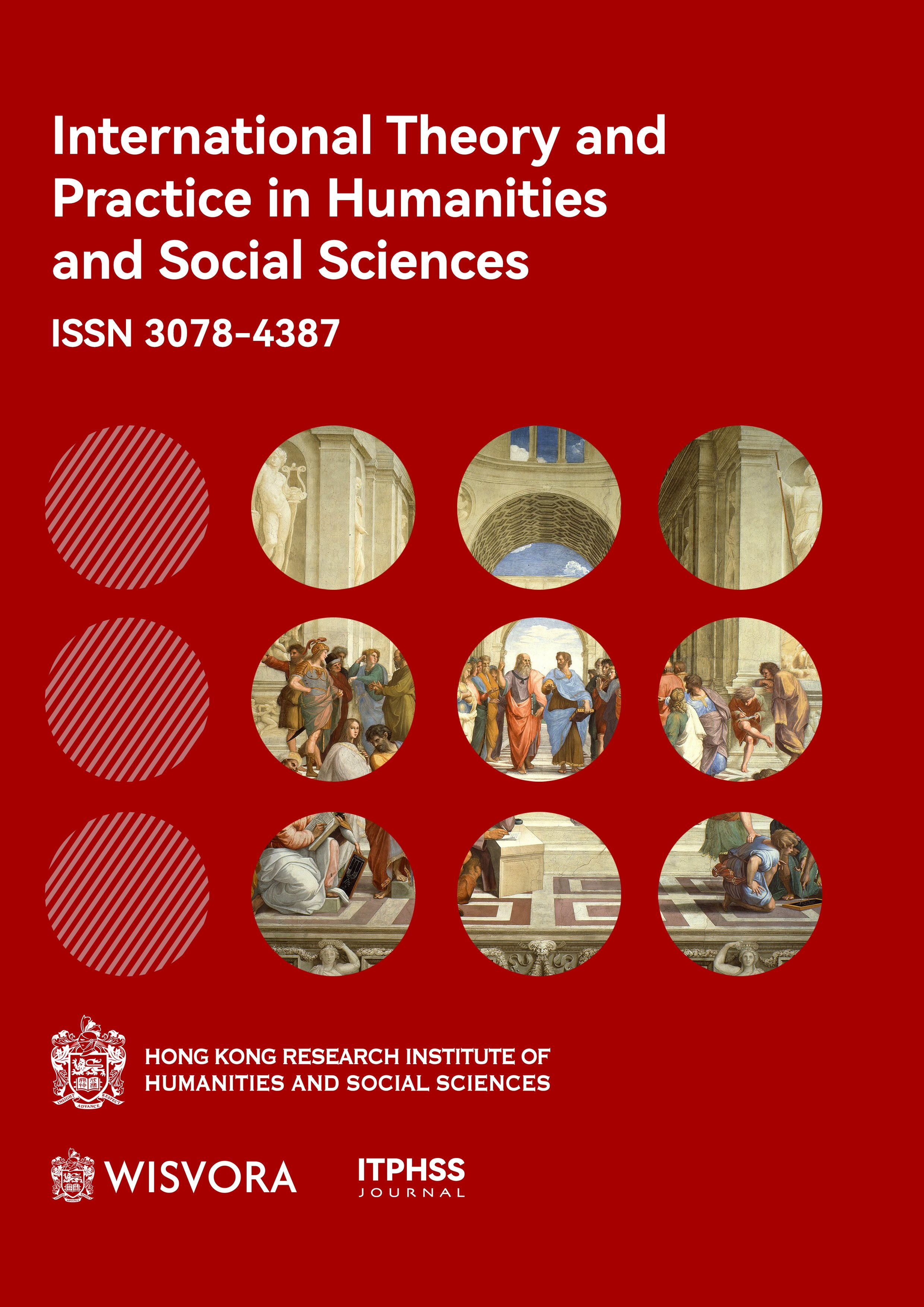Abstract
This study explores the intersection of professional dance training, neuroscience, and dance criticism within the context of the self-media era. As digital platforms such as YouTube, Instagram, and TikTok democratize dance critique by allowing a broader array of voices to contribute, the role of professional expertise has come into question. Through an examination of the neural mechanisms involved in movement perception, this research reveals that critics with professional dance training possess a heightened kinesthetic awareness, which enables them to offer more detailed and nuanced evaluations of performances. Specifically, the study delves into how the motor cortex, somatosensory cortex, and mirror neuron system are activated in trained individuals, allowing them to perceive subtle aspects of balance, timing, and muscular control that may elude untrained critics.
While self-media platforms have significantly broadened the accessibility of dance criticism, this research underscores the enduring importance of professional expertise in maintaining the depth and quality of critique. It argues that without the technical understanding and embodied knowledge that come from formal training, critiques risk being superficial, focusing more on emotional reactions or entertainment value than on the intricate technical and artistic elements that define high-quality performances.
This study advocates for a balanced approach in the evolving digital landscape—one that embraces the inclusivity of self-media while also recognizing the essential contribution of expert analysis. By integrating professional training with the wide-reaching platforms of self-media, the field of dance criticism can evolve in a way that maintains both accessibility and rigor, ensuring that diverse perspectives and deep technical insight coexist to enrich the discourse on dance as an art form.
References
References
Crawford, L. (2020). The digital dance critic: Emotional engagement and accessibility in self-media platforms. Journal of Digital Culture, 12(2), 43-55.
Lee, A. (2020). Algorithmic amplification and its impact on online dance criticism. Social Media Studies, 15(3), 112-128.
Smith, J. (2019). Dancing on the screen: The role of self-media in democratizing dance criticism. Cultural Studies Review, 18(4), 67-82.
Zhao, Y. (2021). Dance criticism and the entertainment culture: A comparative analysis of traditional and self-media platforms. Journal of Art and Media, 9(1), 70-85.
Calvo-Merino, B., Glaser, D. E., Grèzes, J., Passingham, R. E., & Haggard, P. (2005). Action observation and acquired motor skills: An FMRI study with expert dancers. Cerebral Cortex, 15(8), 1243-1249.
Cross, E. S., Hamilton, A. F. D. C., & Grafton, S. T. (2009). Building a motor simulation de novo: Observation of dance by dancers. NeuroImage, 47(3), 1257-1266.
Jola, C., Pollick, F. E., & Calvo-Merino, B. (2012). Neuromotor noise and motor imagery: Getting out of the armchair in dance. Frontiers in Human Neuroscience, 6, 179.
Rizzolatti, G., & Craighero, L. (2004). The mirror-neuron system. Annual Review of Neuroscience, 27, 169-192.
Butterworth, J. (2018). Dance education and critical perspectives: The art of interpretation. Journal of Dance Studies, 19(3), 200-210.
Foster, S. L. (2015). Choreographing empathy: Kinesthesia in performance. Routledge.
Hanna, J. L. (2014). The power of dance: Kinesthetic empathy in dance criticism. Journal of Dance Research, 32(1), 58-71.
Kleinman, M. (2017). Tasting the art: Aesthetic judgment in dance and wine appreciation. Journal of Aesthetics and Art Criticism, 75(2), 145-157.
Buccino, G., Lui, F., Canessa, N., Patteri, I., Lagravinese, G., Benuzzi, F., ... Rizzolatti, G. (2017). Neural circuits involved in the recognition of actions performed by nonconspecifics: An fMRI study. Journal of Cognitive Neuroscience, 19(1), 114-126.

This work is licensed under a Creative Commons Attribution-NonCommercial 4.0 International License.
Copyright (c) 2025 ManFang Lyu (Author); HuiYu Zhang (Co-Authors)

